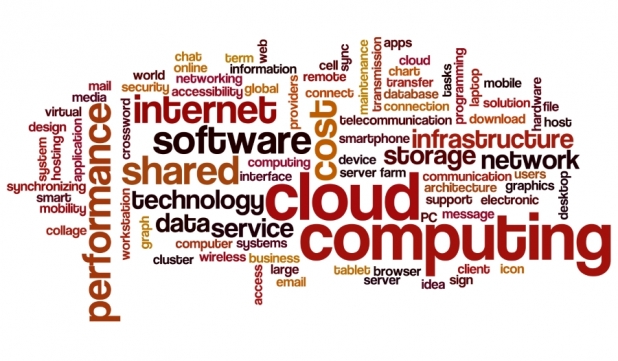Technological Literacy: Skills No Career Can Go Without

The rate at which major tech departments – nanotechnology, artificial intelligence, quantum computing – are developing is owed to the ingenuity of experts, who began as regular explorers of wirings and algorithms. With a digital revolution dawning in our age, these skills are no longer a rarity, or should not be, in employers’ eyes. Almost every job across the spectrum now requires some degree of IT knowledge, from simply communicating on a smartphone to repairing machinery or 3-D printing a cast.
Unfortunately, the World Economic Forum, upon analysing data collected by OECD in a 2016 survey on adult skills, is concerned about the highest tier of proficiency, involving more complicated problem-solving tasks, being reached by a small 5.4% average. Japan’s approximate 5.5%, the highest score, is dwarfed by the 35.5% of adults who cannot even use a computer. This is an issue that must be tackled if people are to be able to effectively live and work in our technological future. A breakdown of possible workplace responsibilities should highlight the importance of digital literacy.
Education
In addition to scanner-handling or the typical Word Processing, Spreadsheet, and Presentation skills required in 21st -century administrative jobs, teachers are now called upon to know about a wider range of technologies. WebCT and Blackboard LMS, video conferencing, web and computer system navigation, software and email management, all subjects professionals, like eLearning Industry, advise to be prepared for in a school environment. And the greater the institution, the higher the demand for IT proficiency, the ultimate goal being to provide students with the best possible education by using the most effective methods available, or adapting them to fit the needs of any given classroom, be it file-sharing in group projects or researching an obscure topic the library cannot help with.
Retail
Whether working in a store or selling products online, tech skills are important. Being able to use tills and phones and Excel is nothing new, but what about point-of-sale systems, data analysis, online sales, and hardware maintenance? An employee who can set up and manage a website, for example, is valuable. So is someone who can fix a problematic computer without having to call a technician. Understanding how software and online services work, especially when it comes to security, should not be underestimated either. A retailer who is aware of the PCI DSS and compliance status of their company can then assist in tasks, such as understanding assessments and PCI scans. In customer service, being then able to explain the process or, at the very least, confidently assure cardholders of the safety of using this online store.
Fashion
The state of this grand, creative industry is also being increasingly influenced by technology. Global revenue for 2018, Statista reports, amounted to $521,507 million with apparel claiming the largest share of $340,411 million. Are designers paying attention to these figures? Judging by the incredible innovations coming to light every day, like 3D printed shoes, solar-powered bikinis, and air pollution alerting dresses, they most certainly are. It is not just in design that tech skills are in demand, but also in marketing and sales, where digital literacy is essential. Social media efficiency goes a long way in promoting a new fashion trend or even a modelling portfolio. Runways are complex affairs requiring extensive advertising and networking, not to mention lighting, camera, and audio technology in need of constant attention.
The digital age is everywhere, and an extra layer of technological knowledge would be advantageous to any career prospects. Each new skill equals new ways of establishing one’s value in the workplace, a fact made possible by the subsequent rise in tech-related training opportunities, ranging from ECDL and SEO to machine and data engineering. Ambition and curiosity are the foremost qualities needed to thrive in our reality, actual or virtual.
